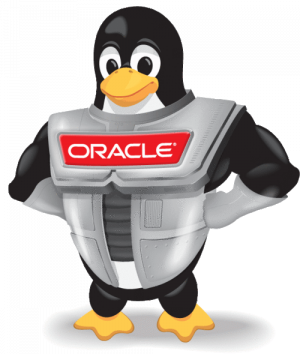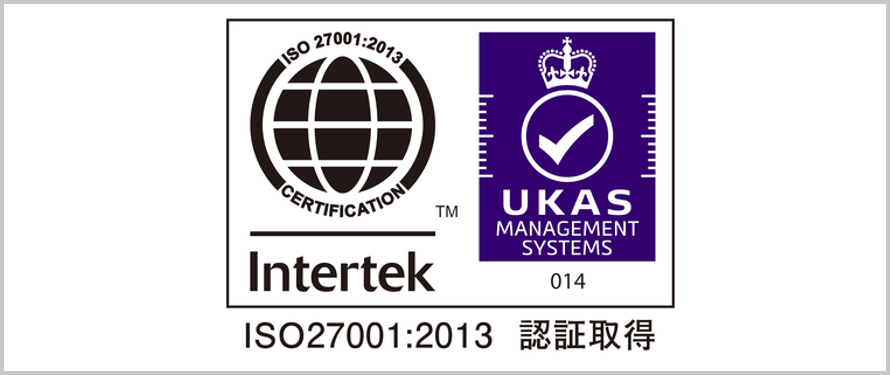[Alternative to CentOS] What is Oracle Linux? [RHEL compatible]

This is Ohara from the technical sales department.
AlmaLinux OS " is considered to be the future standard and likely Linux distribution to replace CentOS I have also summarized Oracle Linux
Oracle Linux Overview
Oracle Linux is 100% application binary compatible with Red Hat Enterprise Linux (RHEL) and free to download, use, distribute, and update .
*If Oracle Linux OS support is required, a separate fee will be charged.
It provides superior performance and security for hybrid multicloud deployments, and supports DTrace, clustering tools, Spacewalk, Oracle Enterprise Manager, and more.
An Oracle Linux Support subscription gives you access to Oracle support resources, Linux support specialists, zero-downtime patches from Ksplice, cloud-native tools like Kubernetes, KVM virtualization, and oVirt-based virtualization managers.
| item | URL |
| yum repository/binary | yum.oracle.com |
| Script (Github) | https://github.com/oracle/centos2ol |
Features of Oracle Linux
Oracle Linux offers advanced features to optimize application development Oracle Autonomous Linux is the only autonomous operating environment that extends autonomous capabilities to Linux, significantly reducing complexity and human error and increasing availability.
| item | detail |
| Ksplice Zero Downtime Update | Ksplice technology, available to Oracle Linux Premier Support customers, updates the kernel, hypervisor, and critical user space libraries without requiring reboots or interruptions.
Ksplice's known exploit detection enables auditing and alerting for known privilege escalation vulnerabilities. Only Oracle Linux offers this unique feature, allowing you to keep up with critical kernel and user space updates without the operational costs or disruption of reboots between updates. |
| Security and compliance | Oracle Linux 7 has both Common Criteria (CC) certification for cryptographic modules and FIPS140-2 validation.
Oracle implements publicly available Security Technical Implementation Guides (STIGs) in the Security Content Automation Protocol (SCAP) format. |
| XFS file system | XFS is a journaling file system known for its extremely high scalability with near-native I/O performance.
XFS is the default file system for Oracle Linux 7 and 8. |
Oracle Linux features
has two kernel choices: the Unbreakable Enterprise Kernel (UEK) , which is installed and enabled by default,
UEK tracks the latest Linux kernel releases and provides binary compatibility with applications certified to run on Red Hat Enterprise Linux (RHEL) that require stability, scalability, and performance, such as Oracle Database. Designed for enterprise workloads.
Running Oracle Linux with UEK provides additional advanced features and security enhancements, including:
| item | detail |
| Unbreakable Enterprise Kernel (UEK) | UEK for Oracle Linux delivers the latest open source innovations and business-critical performance and security optimizations for cloud and on-premises deployments.
UEK release 6, based on mainline Linux kernel version 5.4, is available for Oracle Linux 7 and 8. This release also includes many upstream enhancements. |
| Containers and orchestration | Oracle Linux Cloud Native Environment is an integrated suite for developing and managing cloud-native applications.
Based on the Open Container Initiative and Cloud Native Computing Foundation (CNCF) standards, Oracle Linux Cloud Native Environment provides a simplified framework for installing, updating, upgrading, and configuring key features for orchestrating microservices. Provide. |
| DTrace | A comprehensive dynamic tracing framework that provides a powerful infrastructure that allows administrators, developers, and service personnel to concisely answer arbitrary questions about operating system and user program behavior in real time. |
| Persistent memory (PMEM) | Oracle offers the latest full set of Linux Premium support starting with Oracle Linux7 with UEK Release 5. |
| AMD Secure Memory Encryption (SME) | Starting with UEK Release 5, Oracle Linux enables hardware-accelerated memory encryption, available on AMD EPYC processor-based systems, to protect data in use. |
| Btrfs | The Btrfs file system is designed to meet the growing scalability requirements of mass storage subsystems for Linux.
It provides copy-on-write functionality, checksum functionality, transparent compression, transparent optimization, and integrated logical volume management. |
| Oracle Cluster File System 2 (OCFS2) | OCFS2 is a general-purpose extent-based clustered file system developed by Oracle and contributed to the Linux community.
It provides high performance and high availability, and provides an open source, enterprise-class alternative to proprietary cluster file systems. |
| data integrity | Oracle Linux supports T10 Protection Information Model (T10-PIM) to prevent silent data corruption. |
summary
Compared to other Linux distributions, Oracle Linux has the impression of being high-performance and enterprise-oriented.
It seems suitable for use as an OS for Oracle Cloud (OCI)

![[Osaka/Yokohama/Tokushima] Looking for infrastructure/server side engineers!](https://beyondjapan.com/cms/wp-content/uploads/2022/12/recruit_blog_banner-768x344.jpg)
![[Deployed by over 500 companies] AWS construction, operation, maintenance, and monitoring services](https://beyondjapan.com/cms/wp-content/uploads/2021/03/AWS_構築・運用保守-768x344.png)
![[Successor to CentOS] AlmaLinux OS server construction/migration service](https://beyondjapan.com/cms/wp-content/uploads/2023/08/almalinux_blogbanner-768x344.png)
![[For WordPress only] Cloud server “Web Speed”](https://beyondjapan.com/cms/wp-content/uploads/2022/11/webspeed_blog_banner-768x344.png)
![[Cheap] Website security automatic diagnosis “Quick Scanner”](https://beyondjapan.com/cms/wp-content/uploads/2023/04/quick_eyecatch_blogbanner-768x345.jpg)
![[Reservation system development] EDISONE customization development service](https://beyondjapan.com/cms/wp-content/uploads/2023/06/edisone_blog_banner-768x345.jpg)
![[Registration of 100 URLs is 0 yen] Website monitoring service “Appmill”](https://beyondjapan.com/cms/wp-content/uploads/2021/03/Appmill_ブログバナー-768x344.png)
![[Compatible with over 200 countries] Global eSIM “Beyond SIM”](https://beyondjapan.com/cms/wp-content/uploads/2024/05/beyond_esim_blog_slider1-768x345.jpg)
![[If you are traveling, business trip, or stationed in China] Chinese SIM service “Choco SIM”](https://beyondjapan.com/cms/wp-content/uploads/2024/05/china-sim_blogbanner-768x345.jpg)
![[Global exclusive service] Beyond's MSP in North America and China](https://beyondjapan.com/cms/wp-content/uploads/2024/06/gloval_surport_blog_slider-768x345.jpg)
![[YouTube] Beyond official channel “Biyomaru Channel”](https://beyondjapan.com/cms/wp-content/uploads/2021/07/バナー1-768x339.jpg)
 1
1![[2025.6.30 Amazon Linux 2 support ended] Amazon Linux server migration solution](https://beyondjapan.com/cms/wp-content/uploads/2024/05/59b34db220409b6211b90ac6a7729303-1024x444.png)








